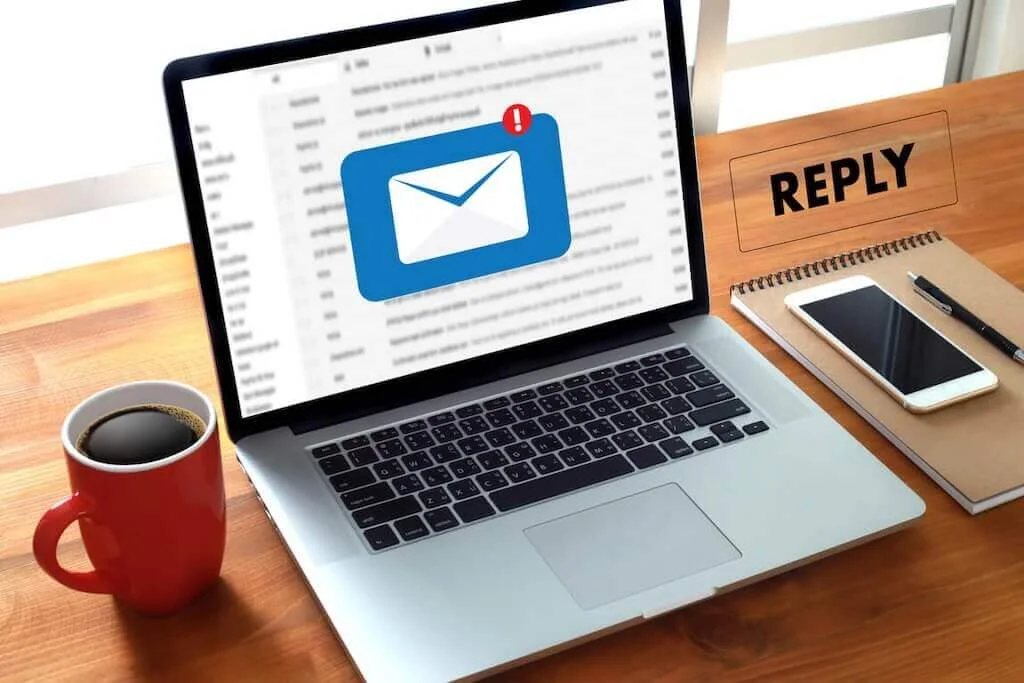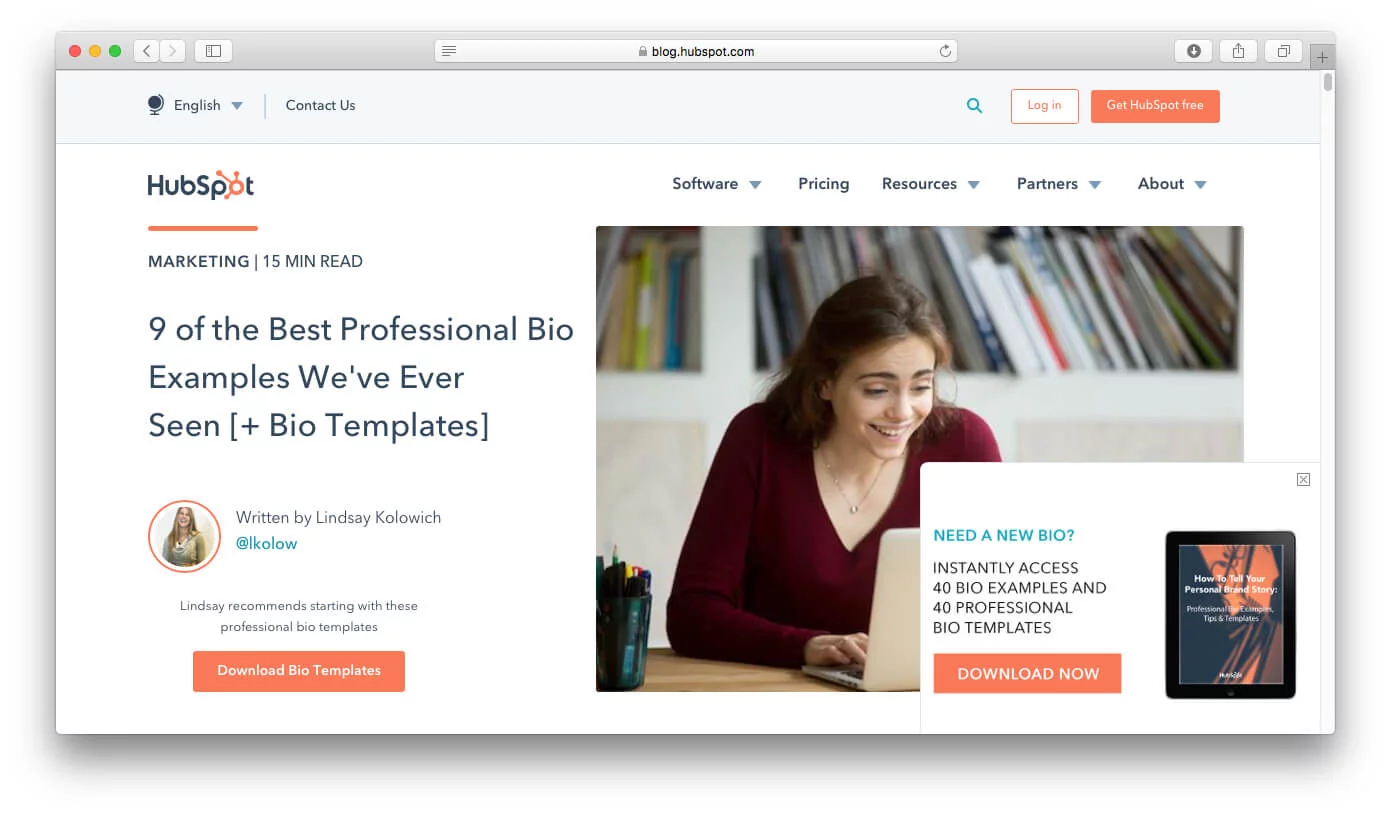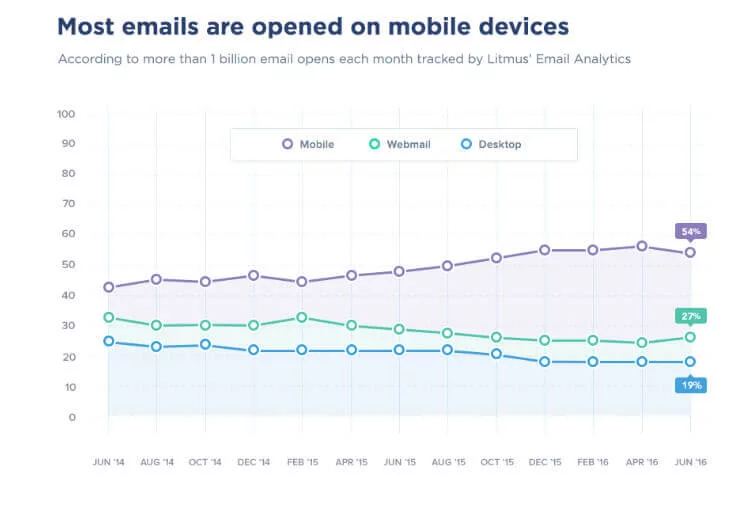
Did you go to email your customers only to find yourself lost in between numerous posts on how to make your email newsletter work? Specially for you, we’ve prepared the common email mistakes to avoid if you don’t want to say goodbye to your client base.
Main Goal Is Never Spam! How To Avoid Spam?
Sending email without permission
It’s very risky to send email without the recipient’s consent. Not only can you get into spam or a black list of mailing services, but your reputation will suffer as well. After all, you waste your otherwise potential client’s valuable time and break the law along the way.

Solution
Focus on building the client base organically. Think — what’s the point in buying email lists if only those interested in your services will eventually become clients?
Where to collect email addresses:
- Website forms
- Social media bookmark icons
- Webinars
- Contact forms at events
How to build mailing list with webinars
Webinars allow you to collect a huge number of email addresses. Even though only half of all registrants will show up for the event, you will get the emails of everyone who merely showed interest in your proposition.
We recommend: Email Campaign Before and After Webinars
To lure in subscribers, offer useful content in exchange for their emails. Small books, white papers, infographics, research articles, checklists, and long reads available only for subscribers are the perfect options.

Important! Do not use the SOI (single opt-in) subscription option. Choose a double opt-in subscription option instead.
Let participants decide whether they want to subscribe to your email newsletter. As a result, no bots or addresses with a typo will get into your mailing list.
Newsletter not adapted for mobile
Statistics confirm that over 50% of users check email from their smartphones — and that figure continues to grow.

If you don’t adapt your letters for mobile devices, recipients either won’t open them altogether, or won’t see the CTA button.
Boring subject lines
Another common email mistake. On the one hand, the subject line should be catchy and motivating enough for the person to even open the letter; on the other hand, you should not go over the top since your letter may be swept away by the spam filters.
Read more: 10 Original Email Campaign Ideas to Attract More Audience
Not following the format
Check if your email contains the essential elements such as: a signature with information about you or your company and a subscription link.
If your recipient no longer wants to get your letters, don’t make it difficult on them. It’s better if they unsubscribe than report your email as spam.
Grammar and technical errors
Errors in the email newsletter will make you look ridiculous at best, and unprofessional/unreliable at worst.
Fortunately, many have already learned to use spell-checking websites, but the problem with images persists. Either they are not properly displayed, or the banner text contains typos, or the link leads to the wrong page.
We can tell from experience that there needs to be a special person to check the email newsletters. Always ask for help: from an editor, a friend, your mom or neighbor.
Ask them to read your email from start to finish, click on everything, and triple check every word. See if links go to the right web pages and all CTAs work like buttons.
Lack of strategy and schedule
It’s a mistake to send emails too often or too rarely. In the first case, you are likely to run into a high unsubscribe rate and increased abuse reports. In the second case, your subscribers will simply forget about you.
Set goals. How many subscribers do you want to gain in the first month, year, etc.? Why that number? What is the purpose of your email campaign?
Write down your schedule, topics, and letter outlines. Prepare graphics in advance. Make sure to follow the same style and colors.
Sometimes it’s better to let specialists craft your email strategy.
It’s good when letters come regularly, but it’s better to send nothing at all than a poorly written newsletter. Your subscribers will only open your emails when they trust you to write on point.
Poor email design
The lack of a thought-out template, images without text, garish colors, or an unreadable font — all of these increase your chances of landing in spam.
Make sure your image and text are of equal proportions — this will help you avoid being caught up in the spam filter.
Don’t know how to design a template? Use the colors and fonts of your website as the basis.
Sending everything to everyone
It’s better to segment subscribers into different groups.
Subscriber base segmentation is one of the most powerful way of making your newsletter work.
Read: How to Segment Your Email List Like a Pro
Ignoring email analytics
What’s the point of doing anything if you are not going to evaluate and compare your actions?
Mailing services offer their customers simple and detailed reports. Use them to eliminate errors in your email campaign and improve your newsletters based on the given data.
The biggest email mistake
What is the main most critical error you can make based on our experience? It is simple — not being able to say goodbye.
Remember how we talked about the importance of the unsubscribe option being quick and simple? What many marketers forget is that this button is not just for show.
If people unsubscribed — that means they unsubscribed. For good. They no longer want to receive your letters. Even that mega-cool offer you are dying to share.
It’s sad, but everyone goes through it. You should not add your former subscribers to the mailing list as if nothing happened. It’s important to learn to say goodbye.
Common email mistakes
If you want your newsletter to work and bring customers, make sure you do not make the following common email mistakes:
1. Sending letters without consent
2. Failing to make email mobile-friendly
3. Boring subject lines
4. Not following the format
5. Grammar and technical errors
6. No strategy or consistency
7. Poor letter design
8. Lack of audience segmentation
9. Not analyzing email reports
10. Sending emails to former subscribers
An expert behind the simplified online meeting and webinar software platform, MyOwnConference. In today’s flexible work environment, Dan offers invaluable life hacks, in-depth reviews, and savvy tips for organizing, promoting, and excelling in virtual conferences and webinars.











